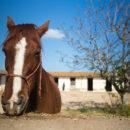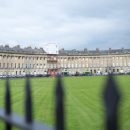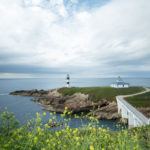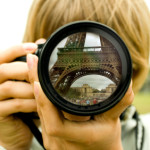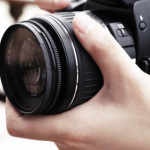If you want good pictures, take good exposures. A well exposed photograph is technically a good picture. Since light is the major determining factor in a photograph, how you control it will determine the output of your camera. Unless you want your pictures to be overly bright or strangely dark, a good exposure is start to good photography.
There are three major factors that affect your camera’s exposure. You shutter speed, aperture and ISO.
In this article, only one factor will be focused, the shutter speed.
All cameras have a shutter assembly. This assembly permits light to enter. By allowing more light to enter, slower shutter speed, the longer the exposure and allowing less light to enter, faster shutter speed, the shorter the exposure. Low end point and shoot cameras won’t allow you to manually control this setting but more modern point and shoots and most DSLRs allow you to fiddle with it. And this is where the fun begins.
A good starting point to venture in shutter speeds is the shutter priority mode of you camera. By using a slow shutter speed you can make your subject blurry and using the opposite will freeze it. Using a flash can also yield amazing results with your photograph showing both aspects of time, slow and fast.
Shutter speed is important in getting the picture sharp. A slow shutter speed often results into blurry pictures since it can’t compensate for the shaky hands. A rule of thumb is to use the focal length of your lens as your shutter speed. For example, if you’re attached lens is a 100mm, the slowest shutter you should use is 1/100. When using the shutter speed priority mode of your camera, keep that rule in mind so you maximize your lens and get proper exposure.
However some conditions are better if you use a slow shutter speed. For example when shooting moving water, a fast shutter speed would hold the water in place. But a more dynamic photograph can be acquired by using a slower shutter speed. A tripod is necessary when doing this technique.
If you don’t have a tripod available, another technique is called panning. Use a slow shutter speed and follow the subject as it moves, pressing the shutter button as you pan. If you get it right the subject will appear sharp as if it hasn’t moved position in the viewfinder, but the background will be blurred making the subject look as though it’s moving along.
But remember that your shutter speed affects ambient light only.If you’re using strobes or studio lights, any shutter speed would result in the same exposure from the light source. That’s why when adding flash in a photograph that has a slow shutter speed, you can still freeze the subject. This is caused by the flash exposing the subject instead of the ambient light. Since the burst from the flash is very fast, that light is the one captured in the picture instead of the ambient light.
Shutter speed is only one factor in exposure. Try to experiment with the other settings of your camera like aperture and ISO. Keep on shooting and embrace the light!

